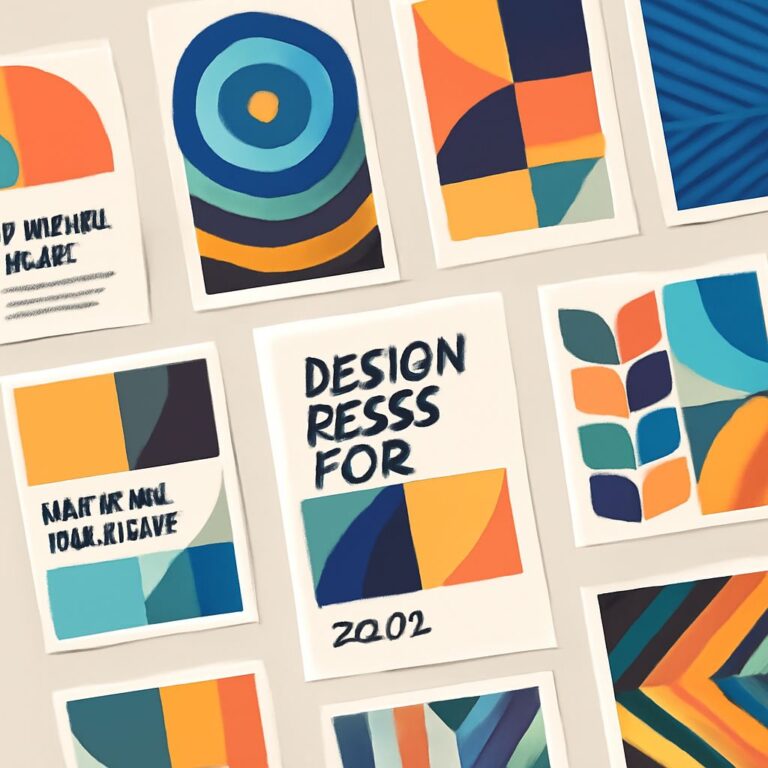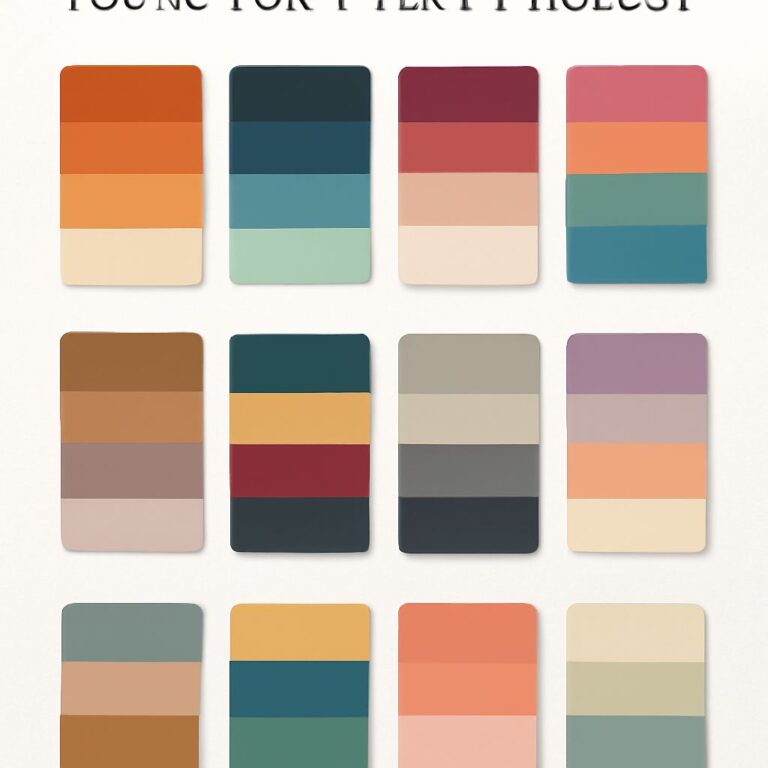Table of Contents
Transform Your Career: How to Build a Standout Design Portfolio
In the ever-evolving landscape of design, the importance of a compelling portfolio cannot be overstated. Whether you’re an aspiring graphic designer, web designer, or product designer, your portfolio serves as a testament to your skills, creativity, and experience. This article explores essential steps and strategies to create a standout design portfolio that will help you transform your career.
Understanding the Purpose of a Design Portfolio
A design portfolio is more than just a collection of your work; it is a strategic tool that conveys your design philosophy and showcases your best projects. It helps potential employers or clients evaluate your skills and suitability for a position or project. Here are the key purposes of a design portfolio:
- Showcase Your Skills: Your portfolio should highlight the skills you possess and the techniques you have mastered.
- Demonstrate Your Style: It provides insight into your unique design aesthetic and approach.
- Attract Opportunities: A well-designed portfolio can open doors to job offers, freelance gigs, and collaborations.
Key Elements of a Standout Design Portfolio
When it comes to building a standout design portfolio, certain elements should be prioritized. Here are the main components you should include:
1. A Strong Introduction
Your portfolio should start with a brief introduction to you as a designer. This can be a few sentences about your background, your design philosophy, and what you hope to achieve with your work. Be sure to include:
- Your name and contact information
- Your design specialty (e.g., graphic design, UI/UX, etc.)
- A professional photograph (optional)
2. Curated Projects
Rather than showcasing every piece of work you’ve ever done, choose a select few projects that best represent your abilities and style. Aim for quality over quantity. Consider the following points:
- Highlight a diverse range of projects: Include different types of work to show versatility.
- Focus on your best work: Only include projects you are proud of and that received positive feedback.
- Showcase the design process: Include sketches, wireframes, or project iterations to demonstrate your thought process.
3. Project Descriptions
Each project should include a detailed description that explains your role, the challenges you faced, and how you solved them. Be sure to include:
- Project title and client (if applicable)
- The objective of the project
- Your specific contributions
- The tools and techniques you used
- The outcome and any measurable results
4. Visual Presentation
The visual aspect of your portfolio is crucial since you are in the design field. Ensure your work is displayed professionally. Some tips for visual presentation include:
- Use high-quality images: Ensure all images are high resolution and well-lit.
- Maintain consistency: Use a consistent layout and typography throughout the portfolio.
- Optimize for web: If online, make sure your portfolio loads quickly and is mobile-friendly.
5. Personal Projects and Experiments
Alongside professional work, include personal projects or experiments to showcase your creativity and passion for design. This could be:
- Self-initiated projects
- Design challenges or hackathons
- Any innovative designs you have created for fun
6. Testimonials and Recommendations
Adding testimonials from previous clients, colleagues, or mentors can lend credibility to your portfolio. Consider including:
- Short quotes that highlight your skills and professionalism
- Links to LinkedIn recommendations
Choosing the Right Platform
Once you have all the content ready, the next step is to choose a platform for your portfolio. Here are some options to consider:
| Platform | Best For | Cost |
|---|---|---|
| WordPress | Custom design and flexibility | Varies (hosting costs) |
| Behance | Networking with other creatives | Free |
| Adobe Portfolio | Integration with Adobe products | Included with Creative Cloud |
| Wix | User-friendly drag-and-drop interface | Free (with ads) to premium plans |
Tips for Presenting Your Portfolio
Once your portfolio is created, consider the following tips to present it effectively:
- Tailor your portfolio: Customize it for different job applications by emphasizing relevant work.
- Be prepared to discuss your projects: Practice talking about your work and the decisions you made.
- Keep it updated: Regularly add new projects and remove outdated work to keep your portfolio fresh.
Leveraging Your Portfolio for Job Opportunities
Having a standout portfolio is only the first step; you also need to leverage it to attract job opportunities. Here are some strategies to consider:
- Share on Social Media: Use platforms like Instagram, LinkedIn, and Twitter to share your work and link to your portfolio.
- Network: Attend design events, workshops, and meetups to connect with industry professionals.
- Seek Feedback: Don’t hesitate to ask for feedback from peers or mentors to improve your portfolio.
Conclusion
Building a standout design portfolio is an essential step toward transforming your career in the design industry. By showcasing your skills, creativity, and unique style, you can attract exciting job opportunities and make a lasting impression on potential employers. Remember to curate your work thoughtfully, present it professionally, and continuously evolve your portfolio as you grow as a designer. With these strategies, you’ll be well on your way to achieving your career goals in design.
FAQ
What is a design portfolio?
A design portfolio is a curated collection of an individual’s best work, showcasing their skills, creativity, and style in design.
How do I start building my design portfolio?
Begin by selecting your best work, organizing it into categories, and presenting it in a visually appealing format that reflects your personal brand.
What types of projects should I include in my design portfolio?
Include a variety of projects that highlight your range of skills, such as branding, web design, illustration, and any freelance or personal projects.
How can I make my design portfolio stand out?
Focus on quality over quantity, use high-quality visuals, tell the story behind each project, and ensure your portfolio is easy to navigate.
Should I include client testimonials in my portfolio?
Yes, including client testimonials can add credibility and provide social proof of your skills and professionalism.
How often should I update my design portfolio?
You should update your portfolio regularly, ideally after completing significant projects or acquiring new skills, to keep it current and reflective of your growth.









